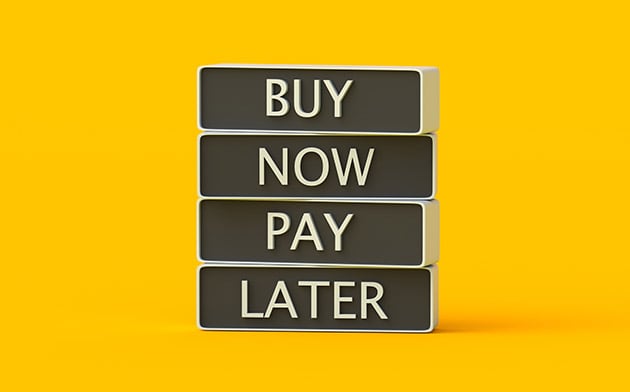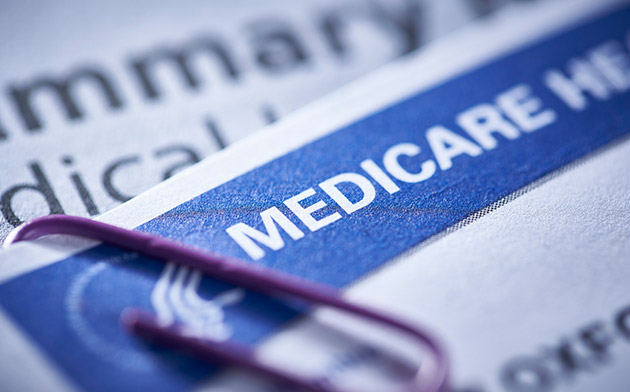Step 6 of 10 Steps to Financial Wellness
Every ounce of work you’re putting into earning, budgeting, saving, and investing helps you “look out for number 1.” And you’ll want to stay on this path by learning how to “pay yourself first” by prioritizing your personal savings above other discretionary expenses.
 For step 6 of your financial wellness journey, here’s how to successfully pay yourself first. (Spoiler: If you remember that savings should be a fixed line on your monthly budget, not an afterthought, you’re already on your way.)
For step 6 of your financial wellness journey, here’s how to successfully pay yourself first. (Spoiler: If you remember that savings should be a fixed line on your monthly budget, not an afterthought, you’re already on your way.)
Set savings goals
Start by painting a clear picture of your saving goals.
- Short-term savings. These are funds you want access to in the near future. First, establish an emergency fund by setting aside 3–6 months’ worth of living expenses to cover the financial surprises life throws your way. You might also consider building a rainy-day fund that can be used to pay for things like a big vacation or a new phone.
- Long-term savings. This bucket should contain funds you can afford not to touch for several years. Your long-term saving goals might include:
- Funding your retirement.
- A down payment on a home or vehicle.
- A sabbatical from work or any other large expense.
Once you have a clear vision for your goals, attach a dollar amount to each savings category.
Set timelines
Now, let’s determine a realistic timeline for meeting your goals. You’ll want to find a balance between building up your emergency fund (which could take a few years) and starting to save for retirement. Consider allocating the bulk of your monthly savings to your emergency fund until you meet your goal.
As you work through this step, you may want to reach out to your company’s HR department or an accountant to discuss your options for a 401(k), IRA, or other retirement plan.
Calculate monthly savings
Next up will be figuring out how much to sock away each month to reach your goals by their deadlines. Take each goal’s total and divide it by the number of months in your timeline. Here are a couple examples:
- $10,000 emergency fund in three years:
$10,000 ÷ 36 = $278/month - $30,000 house down payment in five years:
$30,000 ÷ 60 = $500/month
Remember to prioritize your short-term savings for emergencies and adjust your savings once you reach your emergency fund goal.
Automate your savings
A great way to keep a steady stream going to your savings is by “setting and forgetting.” By setting up an automatic monthly transfer into a savings account or a certificate, your savings will continue to grow exponentially as the interest compounds. You also may be less tempted to save less in a given month if it happens automatically.
Monitor and tweak
If your system isn’t working, you can always adjust and come up with one that better fits your lifestyle. Saving isn’t an exact science, and as your needs evolve, so must your savings strategy. But before lowering your monthly savings goal, take one more look at your discretionary spending to make sure there aren’t any subscriptions or other regular purchases that you may no longer need.
Next up: Know When and How to Indulge


